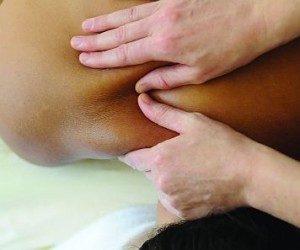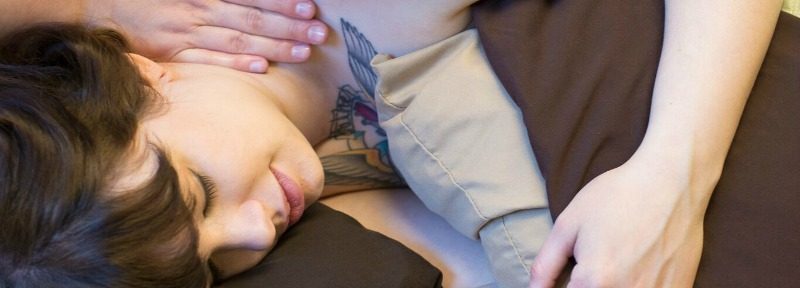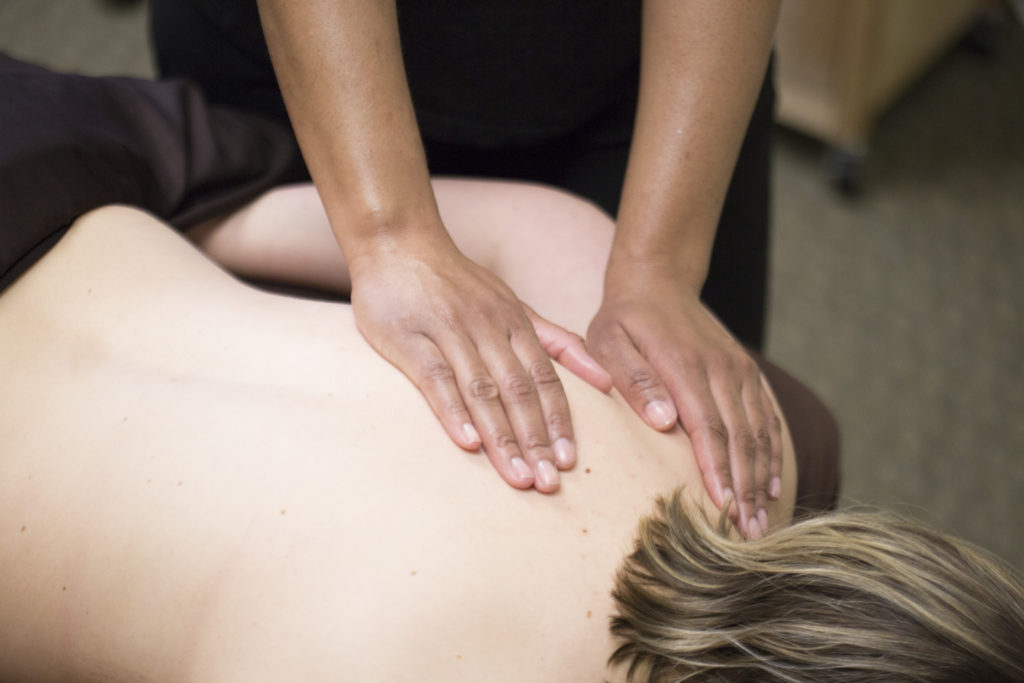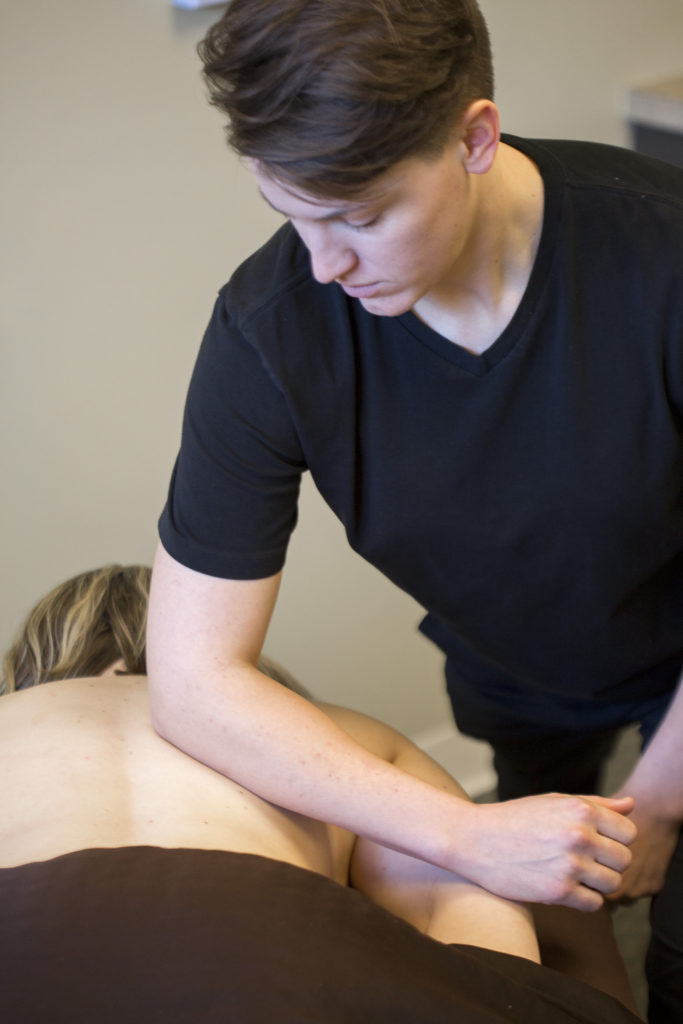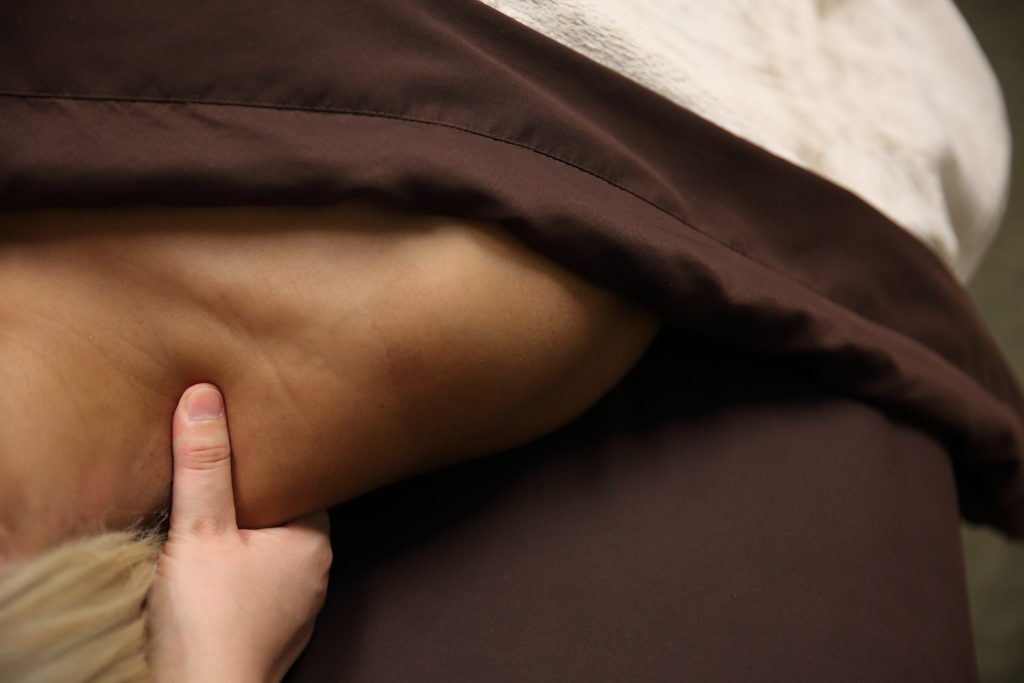It is currently World Reflexology Week…who knew!? Well, actually I knew because I got a call from the nursing home where I served as Activity Director eons ago to do a program to residents, staff, and families on the benefits of Reflexology.
What is Reflexology?
According to the American Reflexology Certification Board, Reflexology is a scientific art based on the premise that there are zones and reflex areas in the feet and hands which correspond to all body parts. The physical act of applying specifric pressures using thumb, finger, and hand techniques result in stress reduction which causes a physiological change in the body.
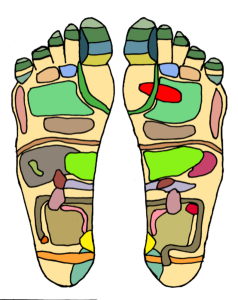
Here is a really cool interactive hand and foot chart by the Barbara and Kevin Kunz.
Who developed Reflexology techniques?
Reflexology is ancient…so ancient that the first records of reflexology were pictures and statues dating back as far as 2500 B.C. when early Egyptian papyrus and wall paintings depicted medical practitioners treating the hands and feet of patients. Cultures in India, Japan, China, Egypt, and Europe have been working on feet since the beginning of time. (Karen Ball 215 Hour Reflexology Certification Program, 2002)
Who can benefit?
Anyone who is under stress or who loves a great hand or foot massage can benefit, but research has shown positive results with the following conditions:
Reduction of pain and stress when trained partners provide reflexology to individuals undergoing cancer treatments. (Read more here)
Reduction of constipation and improved digestion. One study of 20 women who had severe chronic constipation for an average of 24 years improved bowel movement frequency from once every 4 days on average to once every 1.8 days on average after 15 reflexology sessions over 7 weeks. (More information here.)
There have also been studies about Reflexology in pregnancy and labor and in migraine sufferers. (more here.)
Who can do Reflexology?
Basically, anyone. In Iowa, Reflexology is not licensed like Massage Therapy is. If you are seeking to hire a reflexologist, you will want to do your research and check on their training and experience to make sure you are receiving the most beneficial services possible. People who proclaim themselves to be reflexologists may run from self taught through books and videos to people who have taken an extensive training course to qualify for national certification. Many of our employees have about 50 hours, some more. The certification track program I took was 250 hours.
There is really no harm in providing simple reflexology techniques to a loved one as a caring gesture so long as you aren’t causing pain. Even the good intention of wanting to help someone feel better has physical and mental health benefits in itself, in my opinion!
Can I book a reflexology appointment at East Village Spa?
Yes! We offer a Therapeutic Foot Massage which is primarily reflexology, but may integrate some stretching and deep tissue foot massage based on your concern. Any therapist we open for that massage has specific training in foot reflexology. The focus can be entirely reflex point based or can be entirely deep tissue or any combination. If you book a longer body massage and your therapist is reflexology trained, she may incorporate some work on reflex points to enhance the overall benefits of the work. For example, I had a client with jaw pain and after some facial and neck massage, I ended the session with some work on her jaw reflex points on the foot which were incredibly tender. If a client complains of constipation, I’ll often blend abdominal massage with foot reflexology techniques. We think of this as the 1-2 punch!
Click here to schedule your reflexology or massage appointment at East Village Spa.



 The best approach to a tantrum (or trigger point) is to stay calm. Instead of meeting aggression with aggression, a good therapist will calmly try to get to the root of the problem. It might take a bit of exploration from what seems obvious. For example, a tantrum in a grocery store might seem like it is about not getting a candy bar, but the root of the tantrum might be a missed nap. Just like a painful muscle in your calf might be caused by a tight muscle in your gluts.
The best approach to a tantrum (or trigger point) is to stay calm. Instead of meeting aggression with aggression, a good therapist will calmly try to get to the root of the problem. It might take a bit of exploration from what seems obvious. For example, a tantrum in a grocery store might seem like it is about not getting a candy bar, but the root of the tantrum might be a missed nap. Just like a painful muscle in your calf might be caused by a tight muscle in your gluts.